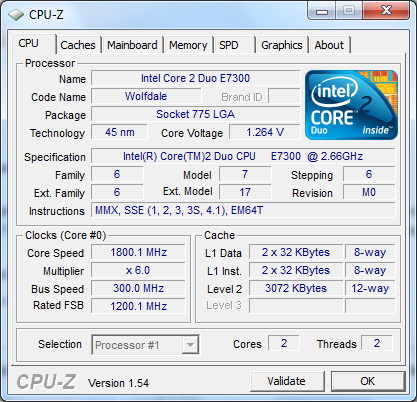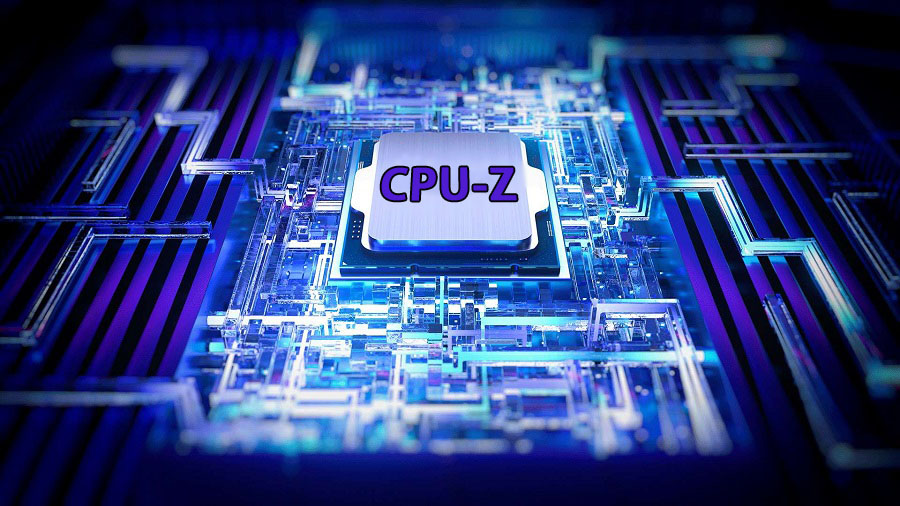Advanced tools are available to identify hardware components of the system. However, everyone wishes to find one of the most suitable and recommended tools. You can focus on the main attractions of the CPU-Z freeware system and see how it assists its users to detect the central processing unit, motherboard chipset, RAM, and other hardware features of any Android device or modern personal computer.
Beginners to this freeware system profiling and monitoring tool have to know about its important features and outstanding benefits in detail. They can make a good decision to use this tool and get the desired benefits.

Hardware details given by the CPU-Z
The CPU-Z is the right tool for everyone who plans to find various hardware components of their system. This is because this tool assists in finding certain components without the need for opening the case.
For example, you can use this tool to find the RAM clock rate and core revision almost immediately. Every user of this tool is satisfied with the convenient and quick method to get information about the GPU of their system. They choose and use this tool for the following valuable reasons.
- Processor: This tool is designed to reveal the processor name and number, process, codename, package, and cache levels
- The mainboard: You can use this tool to get details about the mainboard and chipset.
- Memory: Users of this tool can find the memory type, size, timings, and module specifications
- Frequency: Real-time measurement of each core’s internal frequency and memory frequency
Make an informed decision
You may think about how to quickly and successfully find out which processor is installed in your computer and measure the operating frequency of your CPU. You can prefer and use this tool as per professional guidelines. You will get the most excellent guidance and be satisfied with the easy method to efficiently use this tool.
Regular users of this tool are aware of how to access the system on chip-related information like the name, clock speed for each core, and architecture with this tool. They also get the system information like the brand and model of the device, screen resolution, storage, and RAM. They suggest this tool because users of this tool can even access the battery information, like the battery level, status, capacity, and temperature.
Remarkable benefits for CPU-Z users
CPU-Z gives users a detailed overview of the hardware of their system, including the name, architecture, and clock speed of the CPU, type, size, and timings of the memory, model and chipset of the motherboard, and graphics card. You can prefer and use this tool for real-time monitoring purposes. You will get the absolute assistance to monitor several things like the core frequencies, memory frequencies, and the CPU load in real-time. You will understand how well your system performs under different workloads.
Every user of this tool gets enough assistance to identify potential issues, especially unstable system behaviour, thermal throttling, and components running at incorrect speeds. They compare the performance of their system with other systems because of the built-in benchmark in this tool.


Comments
FaQorile